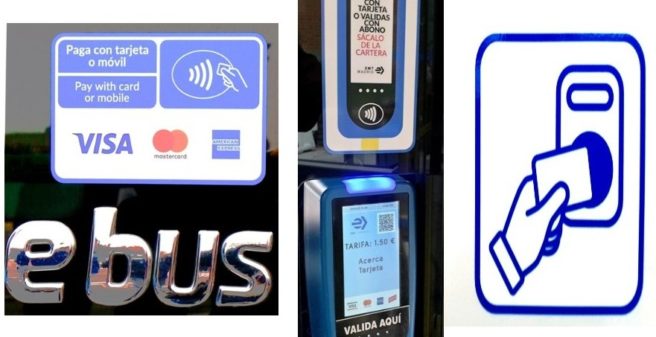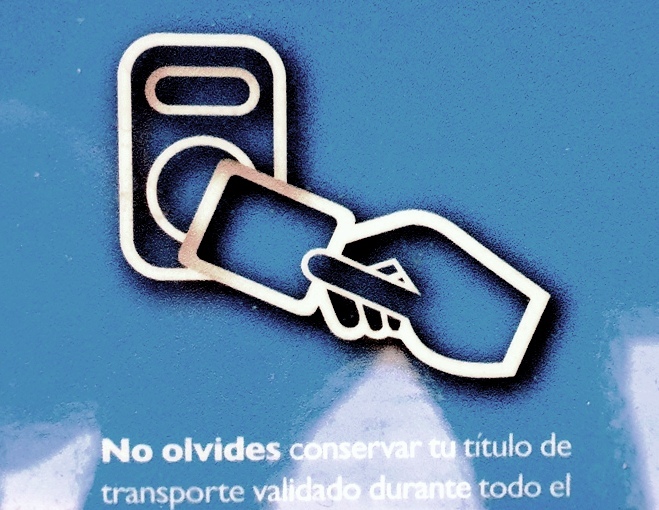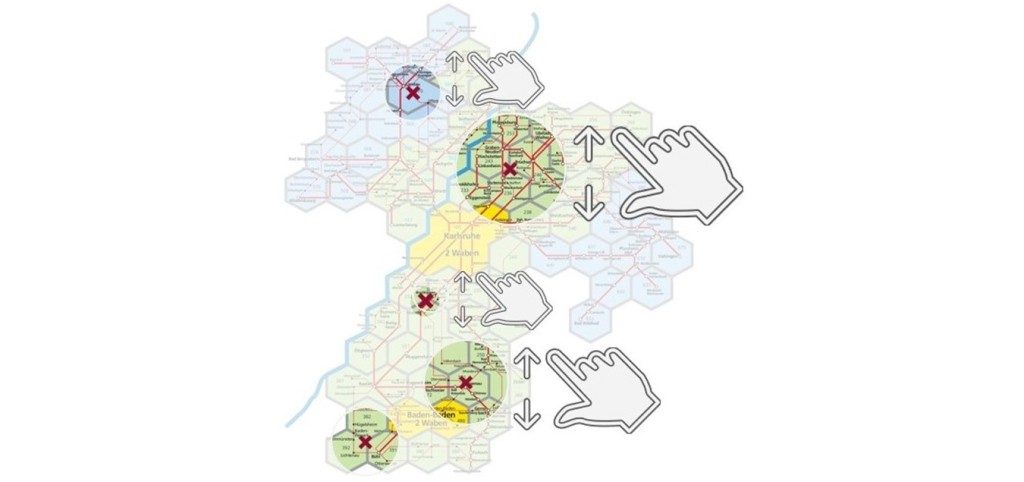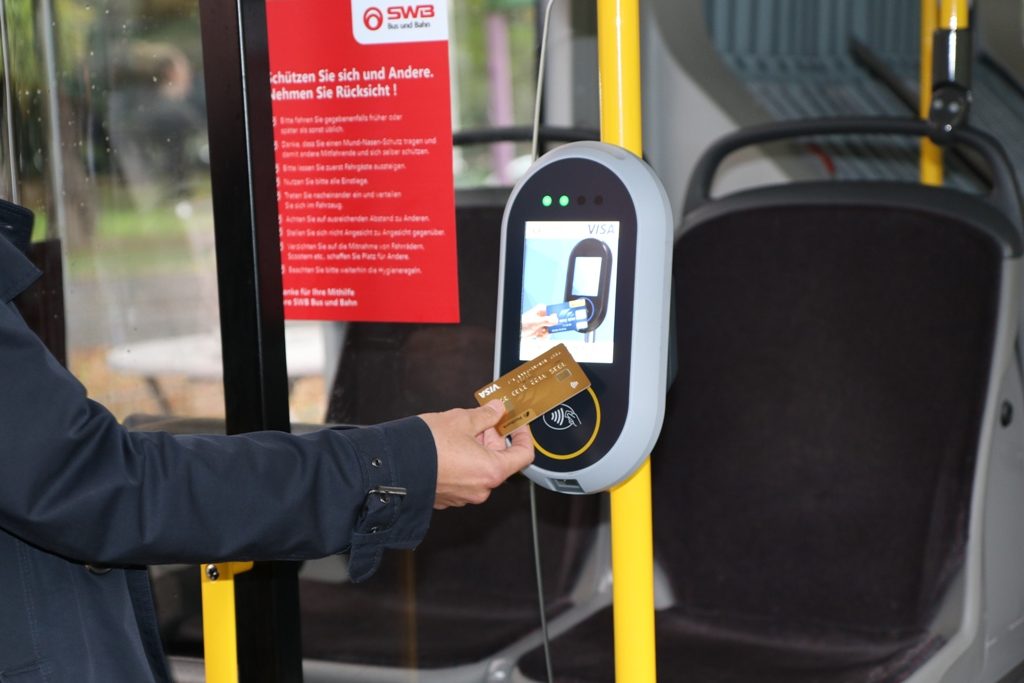
Industry Focus: Digitization & IT
We used to have our monthly travel passes for the public transport. And that was fine. Is that not sufficient anymore? “Well, it was in the past”, says Antonio Carmona, General Manager, International at Ticketer, “but in the new context, with much more flexibility in the workplace for example, new flexible fare products are required, for less frequent travelers, who only commute to the office on some days”. Even those who continue to commute each day may be weary to commit to a monthly pass. Quality measures like safety, frequency and punctuality will help, but Antonio is convinced that flexible tariffs are the key to win back travelers. “We must avoid to fall back 20 years.” According to Visa, “open loop, pay-as-you-go (PAYG) contactless payments provide commuters with the flexibility to pay for transport when and as they need it”.

Account-based Ticketing powers flexible Tariffs
Account-based ticketing enables such new flexible tariff. Open loop describes an open token – from the passenger’s smart phone, c-EMV bank card, smartcard or virtual EMV – which is assigned to each user. The open loop requires no pre-registration of the passenger. The passenger is identified by the token. In the future even some form of biometric identification could be used. Then the passenger centric ticketing system manages an account for each passenger in the back-office. This implies that connectivity to the back-office must be available most of the time. The transport operator is provided with a way to identify the passenger and with a payment agreement.
Pay-as-you-go with tap on/ tap off
Here you do not need to buy a travel pass upfront and then use it up. Rather, travelers can just tap on/ tap off (or scan) and ride. Readers must be installed in order to enable the tap on/ tap off. The taps are then counted and assigned to the user’s account for later payment. “This is a major shift in technology and processes from the traditional card centric ticketing, which used to store, code and print the travel authorization in the medium/ travel card” says Manfred Troll, Business Development at Scheidt & Bachmann.
Furthermore, the total fees can be capped daily, monthly or even more flexible so that they will never be more expensive than the best suitable travel product. This way travelers can be sure that they benefit always from the best tariff. Antonio points out that a traveler registration is still required to benefit from discounts for students or senior citizens. There is an option to use a pre-paid account, which can be topped up.

Operational Cost Savings for Operators
Innovative ticketing and payment systems offer travelers flexibility and convenience and thus make public transport more competitive. Other benefits for operators are more efficient fare collection and limiting operator’s risks. Visa and Mastercard are committed to contactless payment for public transport. Visa developed its Mobility & Transport Transaction framework as a global standard to enable a range of new, flexible fares. Visa estimates that new ticketing and payment models can lower operational costs by 30% on average. Antonio also sees a significant potential to lower operational costs. He cautions that it will take time to fully realize cost savings after public transport authorities used to operate for decades in isolation from financial system and issued their own, public transport specific payment media.
Subsidizing individuals instead of transportation modes
Furthermore, as account-based ticketing is passenger centric it opens the doors to subsidize individuals rather than modes of transportation. Today subsidies are often intended for certain groups of people but given to modes of transportation. Passenger centric ticketing would make it possible to target subsidies directly at the intended recipients based on their individual circumstances and individual travel (time, mode of transport, type of vehicle etc.)
Set up your own Tariff Zone
Account-based ticketing is still based on fixed tariff zones. Another innovative tariff model is based on flexible tariff zones. Travelers will be able to choose the location and size of their individual home zone circle areas and find the corresponding tariffs. Basically, travelers can design zones and tariffs that suit them best. This “home zone” tariff model aims to attract travelers to use public transport (again). An initial test focused on the technical functions was completed with the Karlsruher Verkehrsverbund (KVV) in November 2020. “The next trial to check the functions of the app including usability and payments is planned for Q4 of this year” said Stefan Weigele, Managing Partner at civity Management Consultants.

Demand Forecasting and off-peak Tariffs
Yet another area of tariff innovation is centered around demand forecasting and peak/ off-peak management. The pandemic has driven home both the importance and also the convenience of keeping a safe distance between passengers and avoiding over-crowed trains. When traffic volumes are rising again, it is important to use tariff incentives to nudge travelers to travel during off-peak times. The first step is to obtain a good view, when and where customers travel. This is in particular a challenge in Germany, where barrier-free access to public transport makes the tracking difficult. Here companies like the Berlin-based startup MOTIONTAG offer their transport analytics. Their solution works with in-house algorithms for analysis and a SDK for data collection. The SDK can be integrated into the apps of mobility providers. Knowing the traffic flows provides the basis for the design of tariffs, for network planning and also the data how to split revenues between various mobility providers in a combined network offer.
Change Management challenge to bring all Parties together
New ticketing & payment solutions require the close co-operation of the transportation operators, financial institutions and payment processors, ticketing solution experts and hardware providers of readers, etc. The various parties may come with different mindsets. Nevertheless, they have to work together to set up the ecosystem, meet regulations and provide safety and convenience for travelers. The challenge is to bring systems and people together that have never worked together before. Antonio believes that “The technology side is in good shape to deploy fast, securely and with confidence”. Manfred agrees that it is “more of a project and change management challenge that everyone understands the new model and processes. This includes the information of passengers.”
Account-based Ticketing has been implemented
Where do we stand with the rollout of new ticketing and payment solutions for public transport? The last 5 years have seen a slow but steady rise of contactless payment and ticketing. COVID has accelerated the existing trend towards contactless payment systems. It reached more than 40% towards the end of 2020 as Ana Reiley, Head of Visa’s Global Urban Delivery Team pointed out in December. Account-based ticketing is relatively new, but has already seen a few successful implementations. Transport of London is one of the first and best-known cases. In Germany, BonnSmart, a partner project of SWB Bus und Bahn, Postbank, Scheidt & Bachmann, the Kompetenzcenter Digitalisierung NRW and Visa, was launched in September last year. Anja Wenmakers, Managing Director of SWB Bus und Bahn commented that “In the future, customers will be able to simply step in and off – without any knowledge of tariffs, without cash and without needing to purchase a ticket. And they will be provided with the most favorable tariff.” This will make public transportation more attractive. Other public transportation providers may follow.

Time for national and local governments to invest
Is there a broad support to implement new ticketing & payments solutions? UITP estimated in May last year that COVID-19 will hit European public transport operators with a loss of € 40 billion in fare revenues in 2020. While the benefits of new ticketing & payment solutions are clear, public transport authorities may not be ready to invest in them. Antonio urges that “now is the time for state and city governments to engage and invest”. And he adds that there are many cases where governments fund the deployment of new ticketing & payment solutions. There seems to be a broad consensus in Europe that public transportation should remain as the cornerstone of urban mobility. In order to reduce traffic congestions and air pollution and to provide lower income groups with access to essential services, employment, education and healthcare. Manfred agrees that national and local governments seem keen to seize the opportunity to enhance public transportation and reduce individual traffic.
Flexibility, Co-operations and the take up of MaaS
What is the key trend for the next two year? Antonio expects more flexibility. As our behavior become more flexible to when and how we move, there is a demand for new tariffs, ticketing and payment solutions that support this flexibility. “Account-based ticketing will be the backbone for Mobility-as-a-Service (MaaS) to provide flexible offers. Manfred fully agrees and expects even closer co-operation of the various stakeholders in urban mobility. And he is “curious to see as many as possible MaaS projects to support sustainability and convenience”.
04.03.2021
